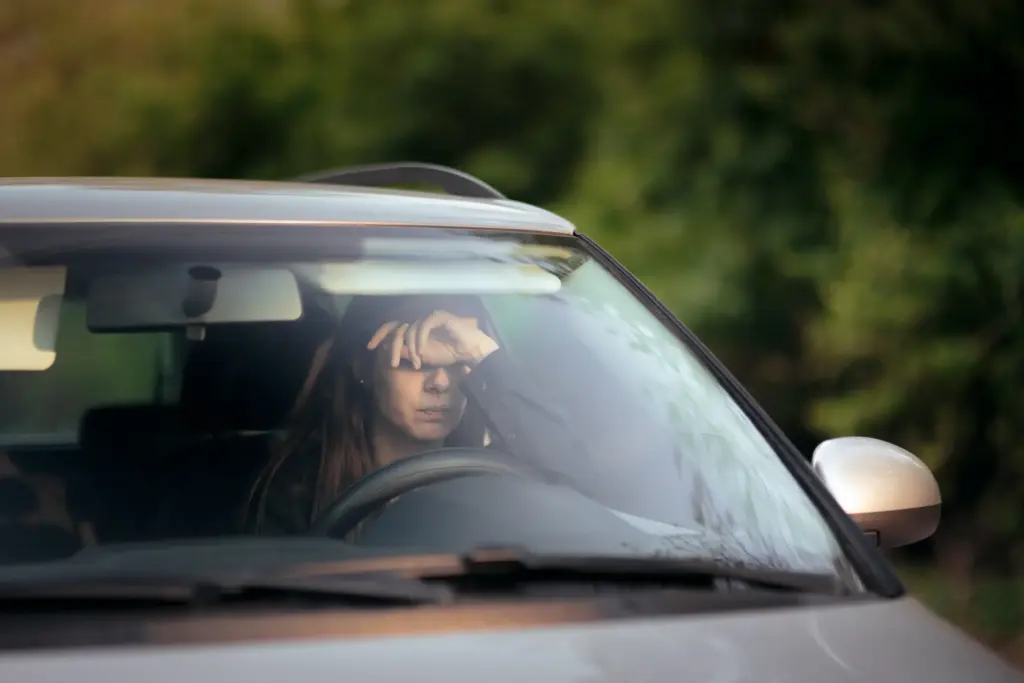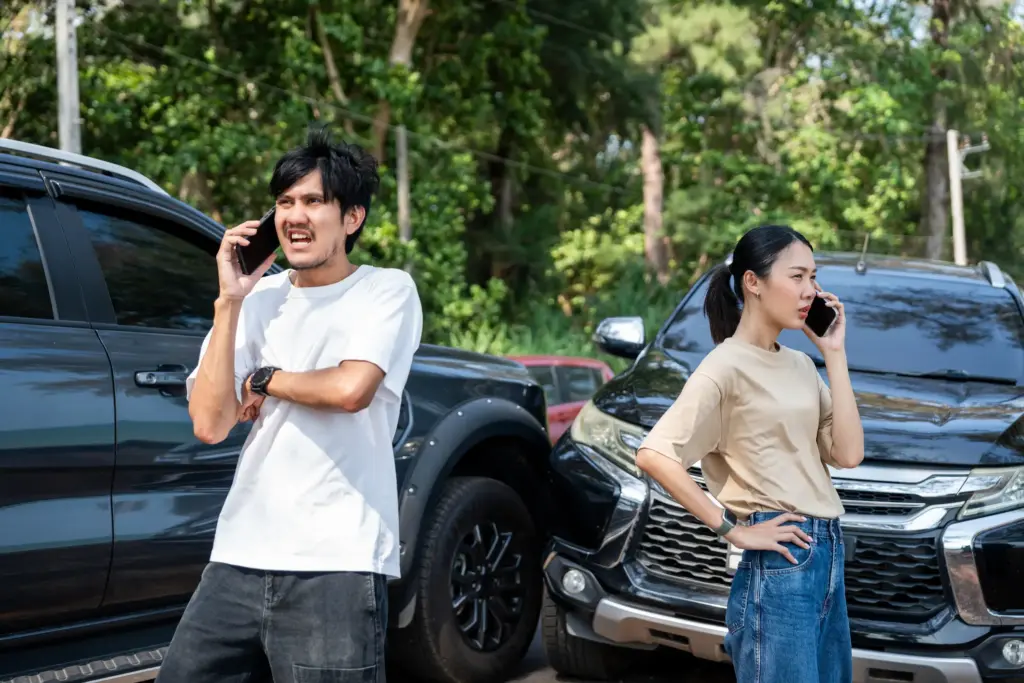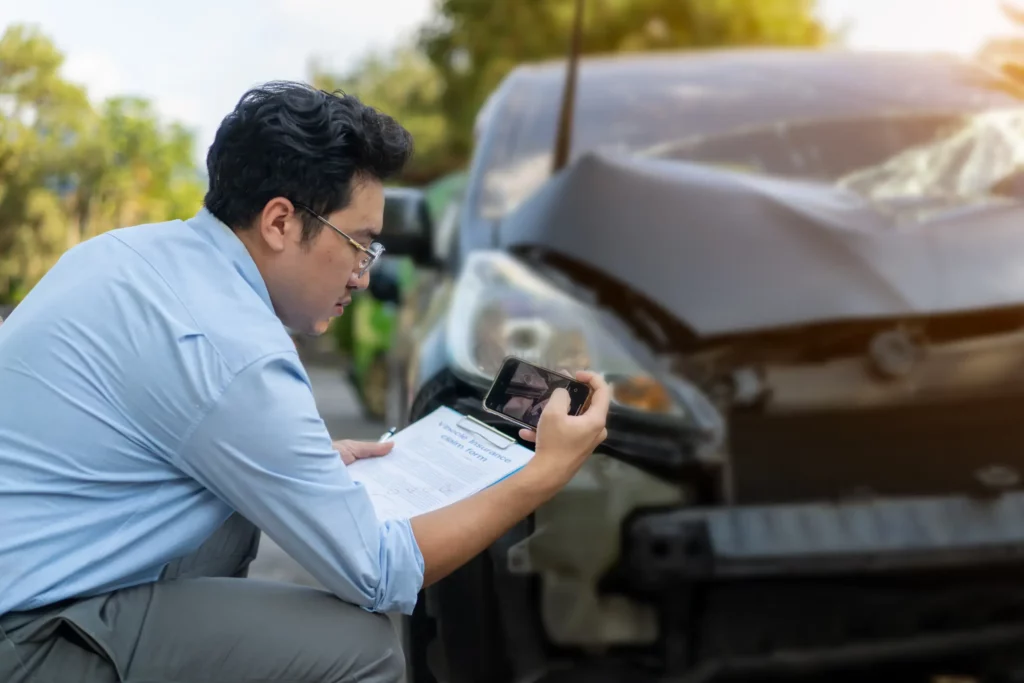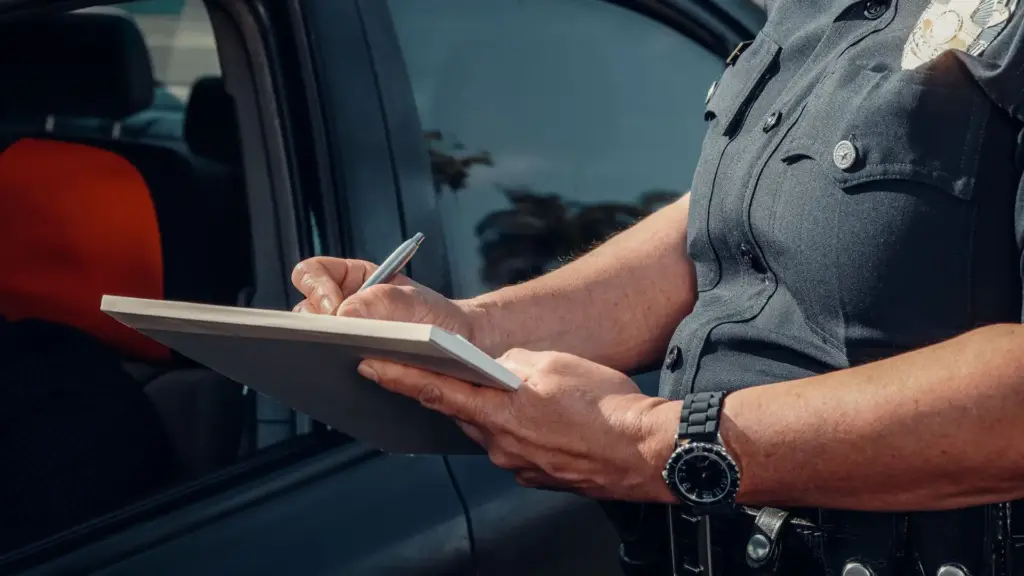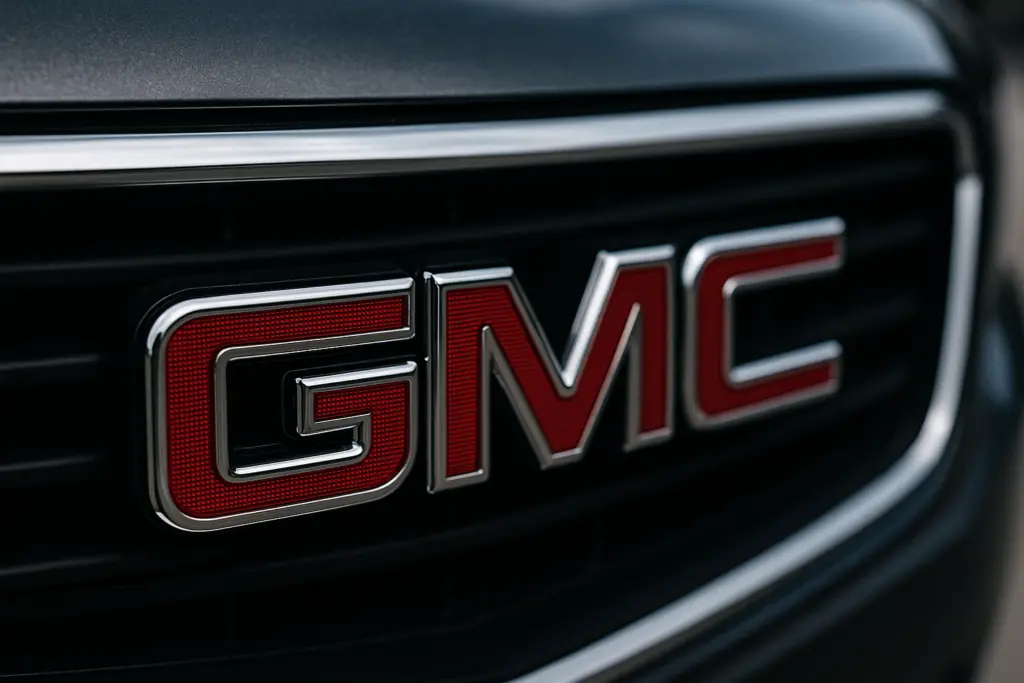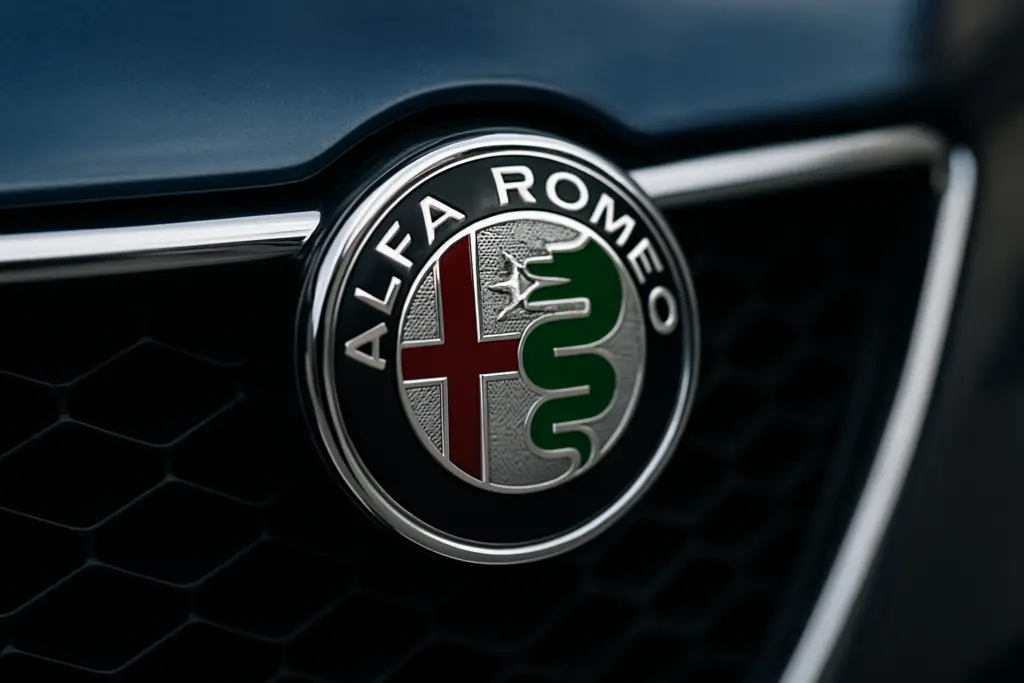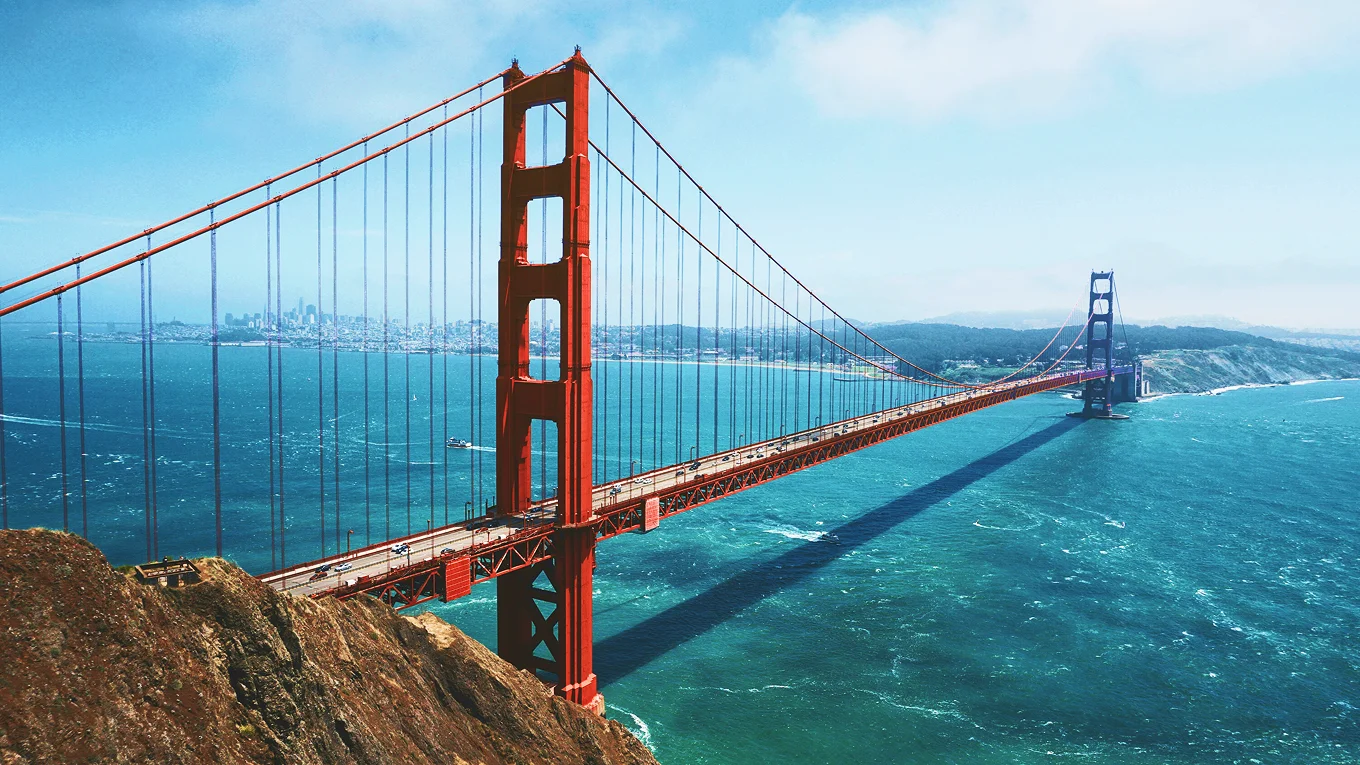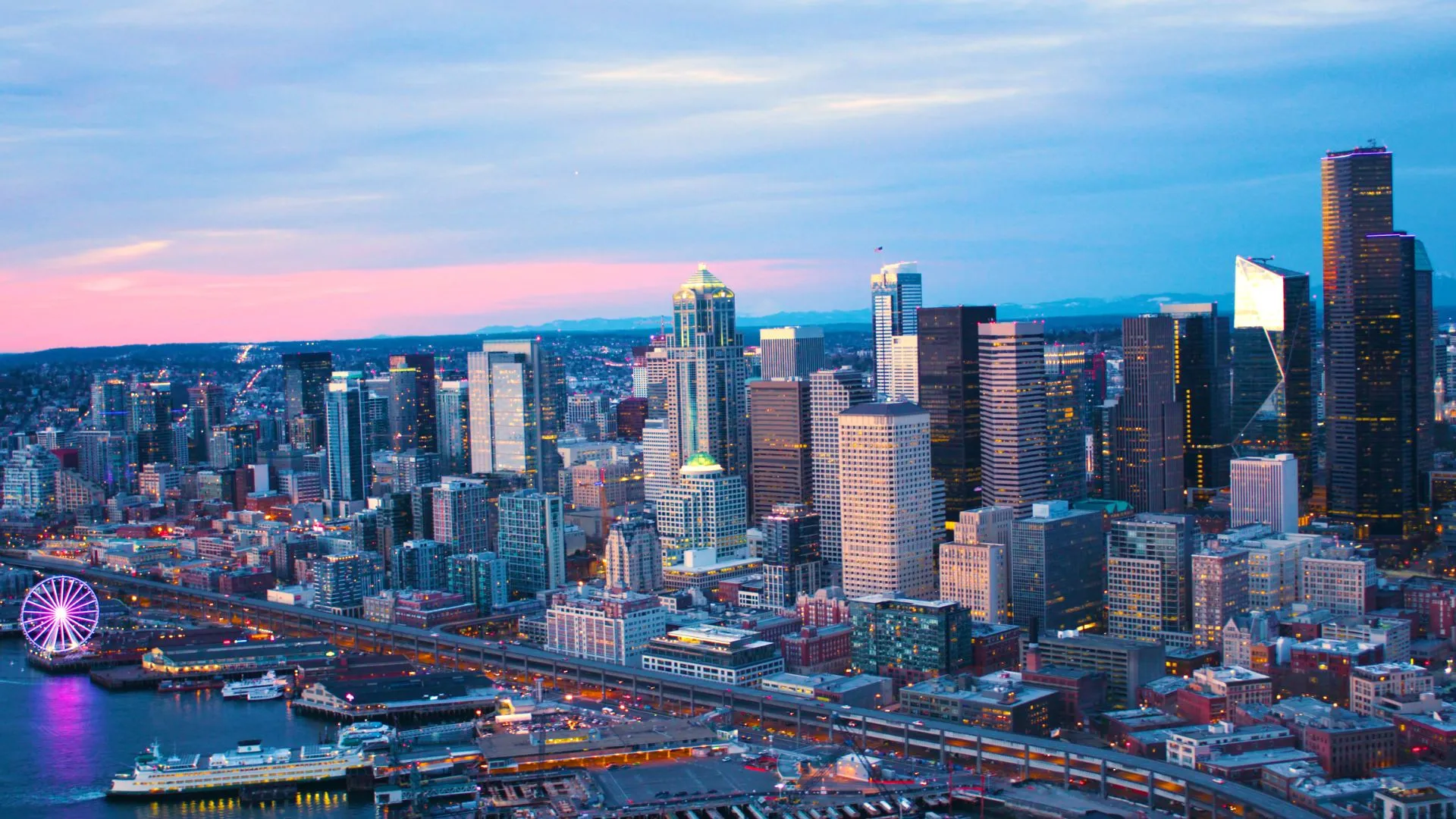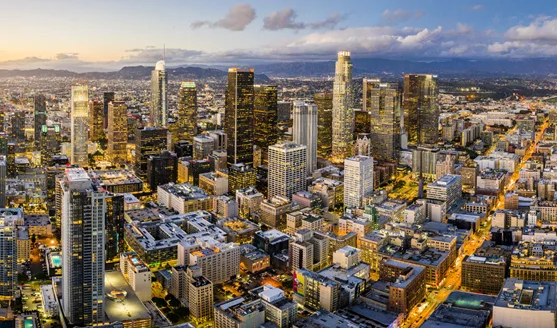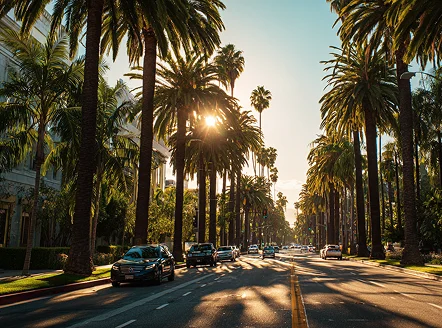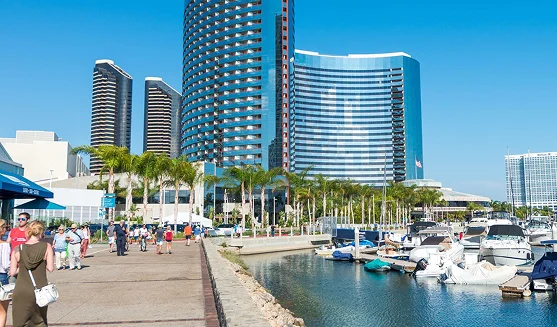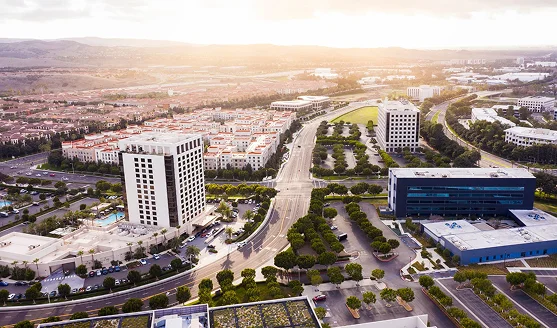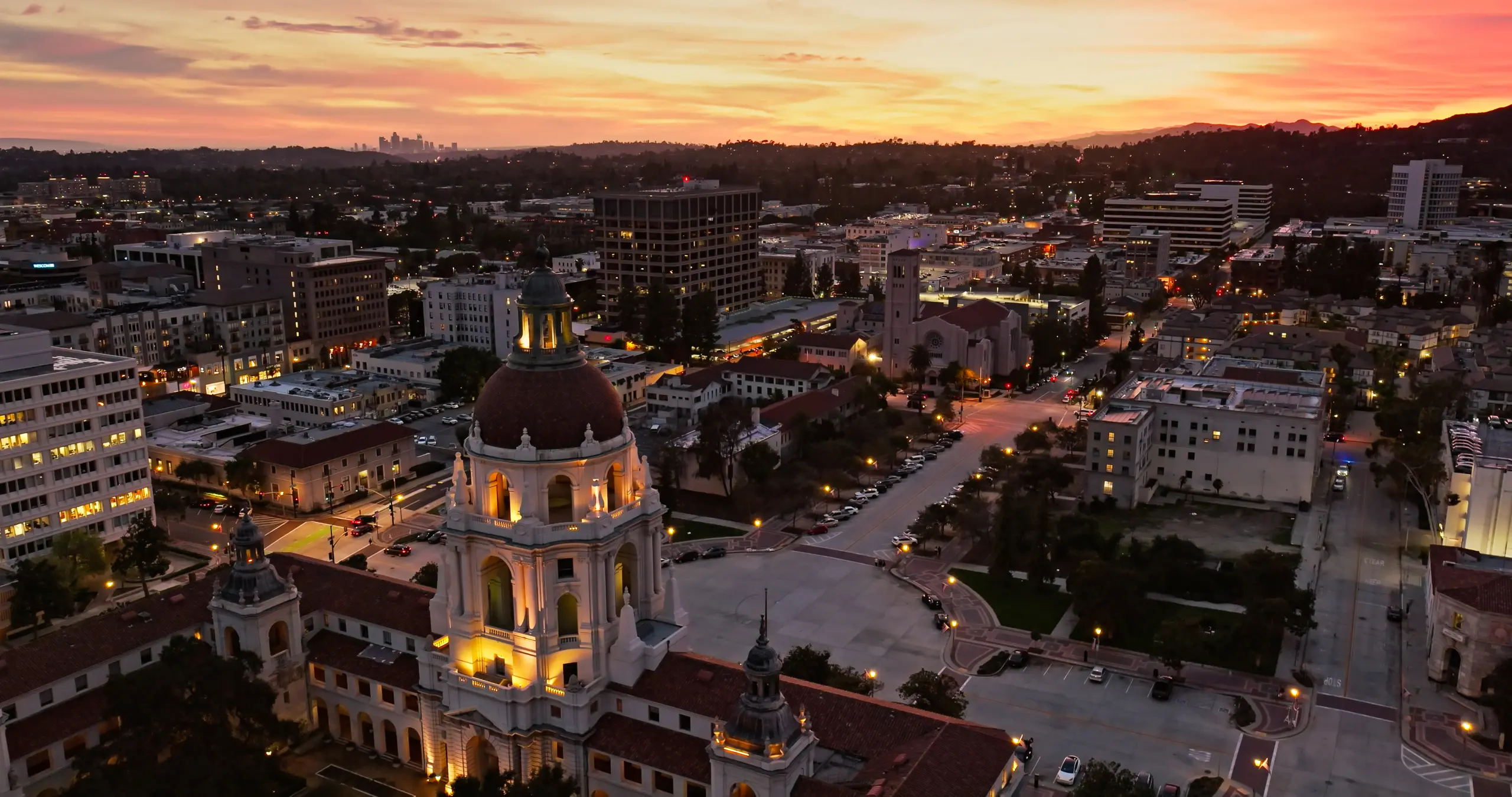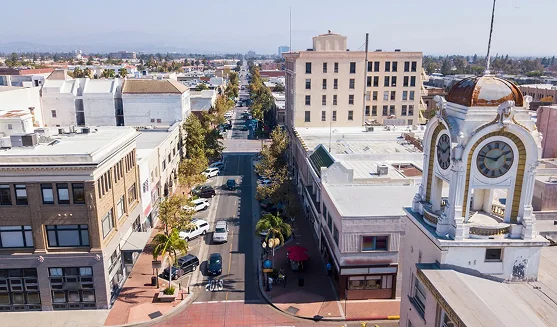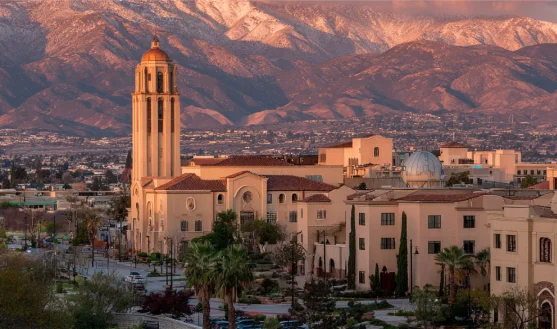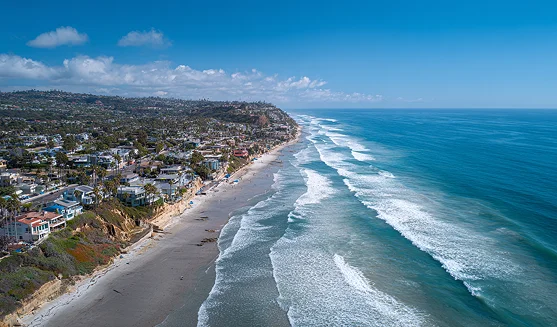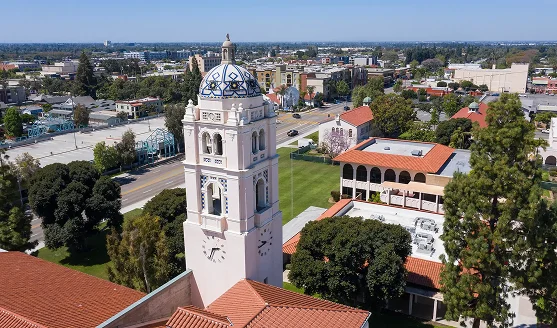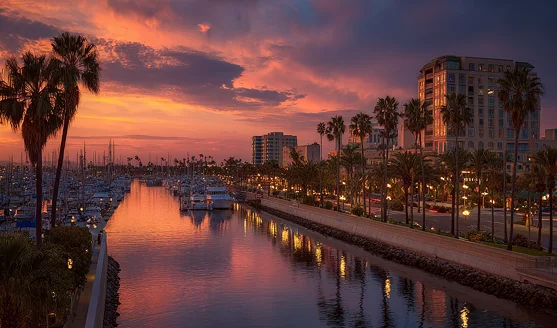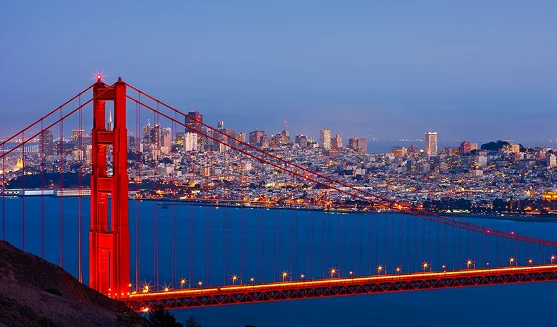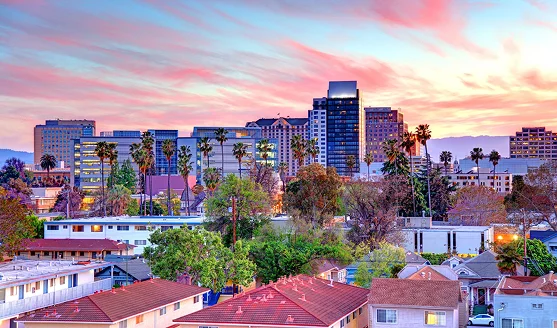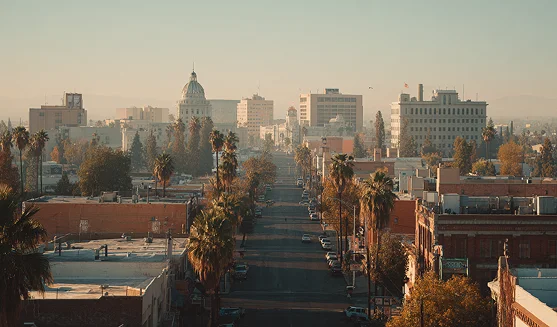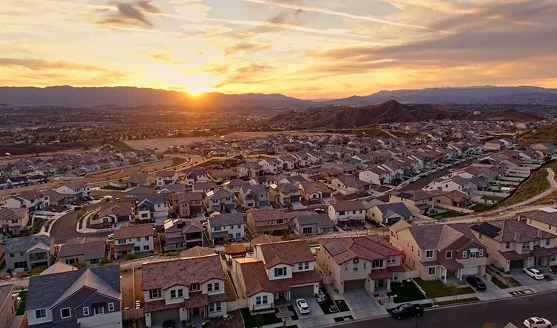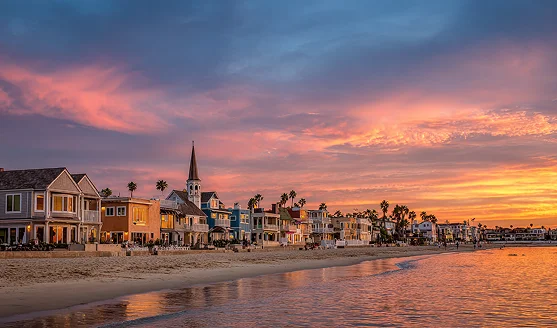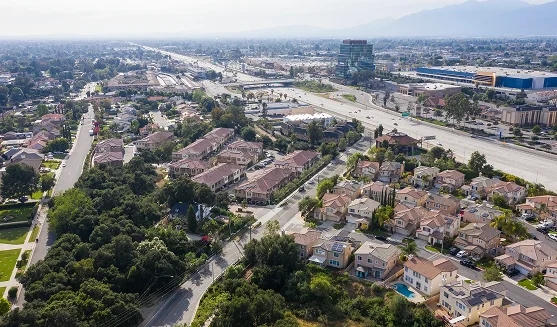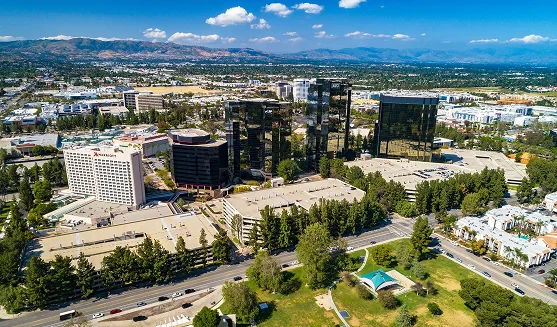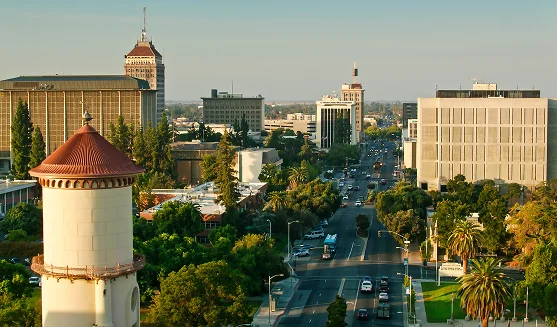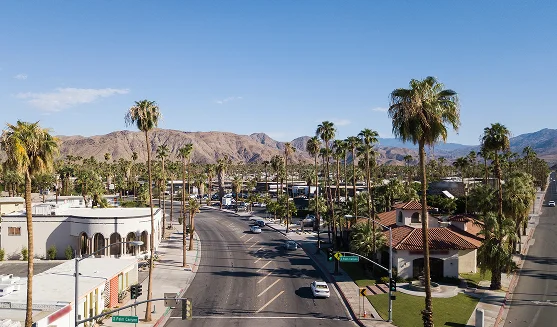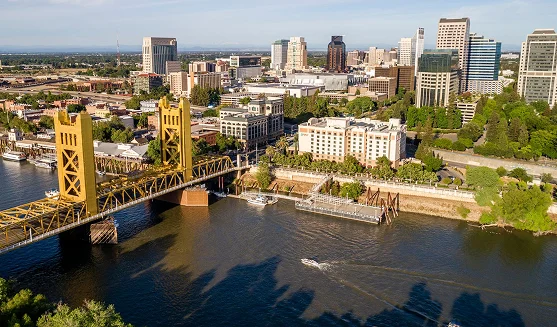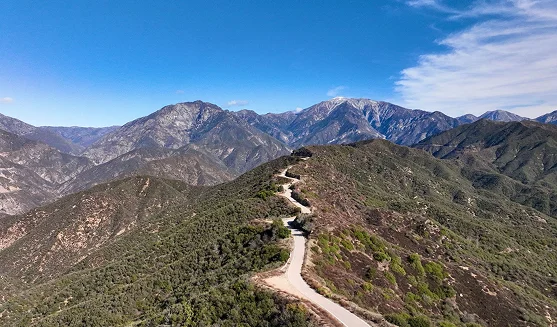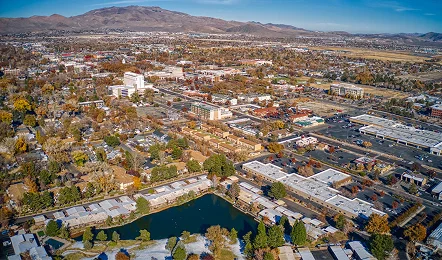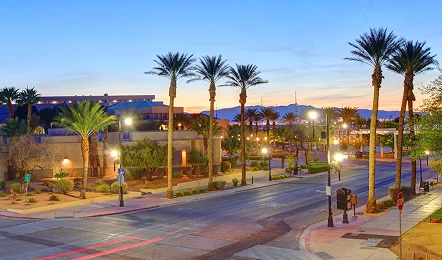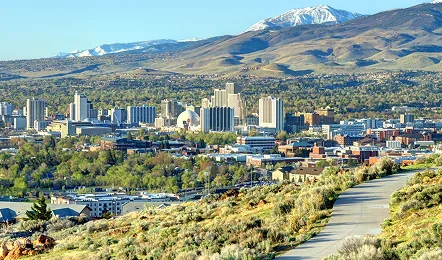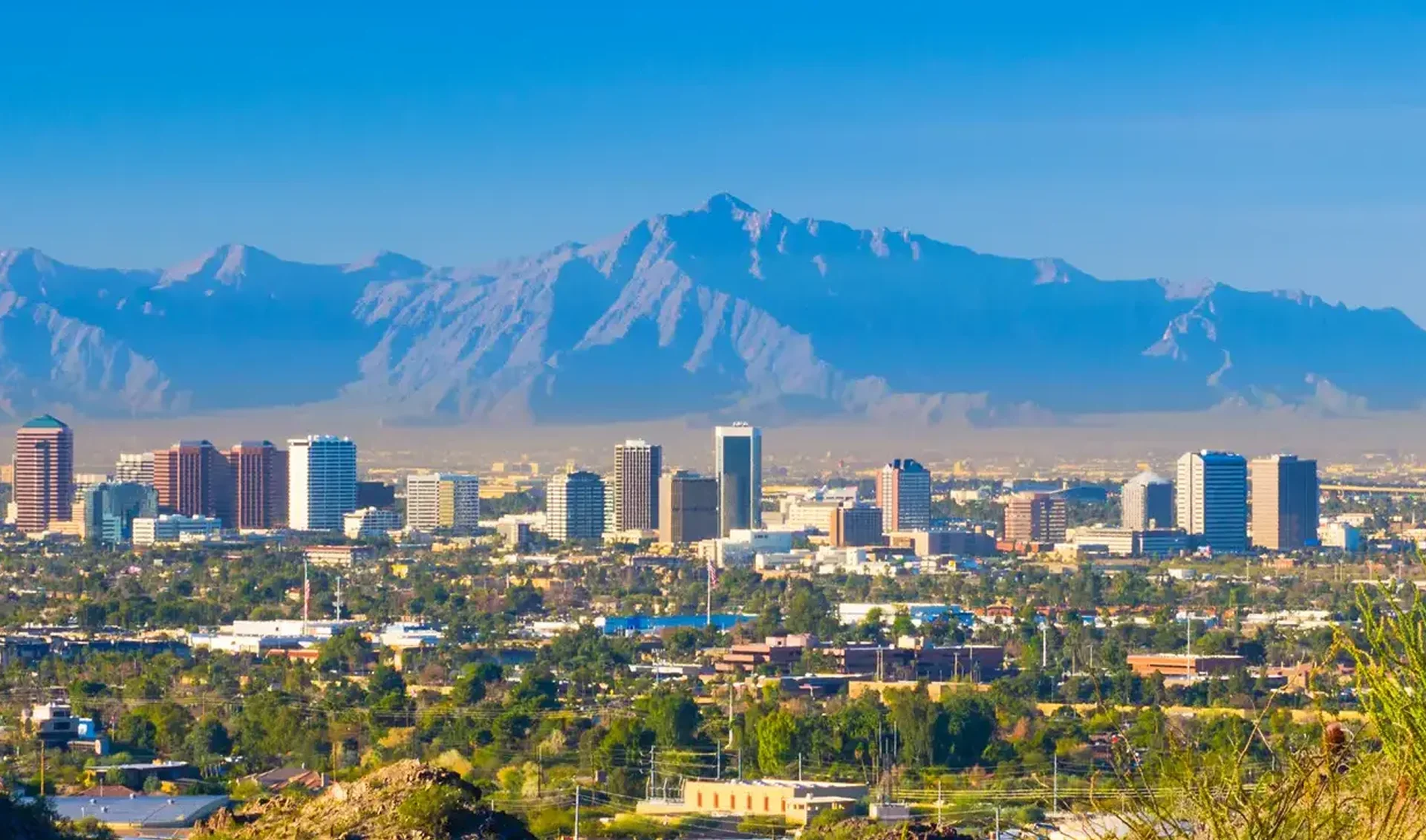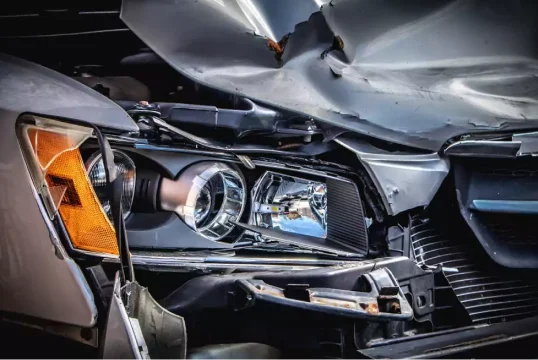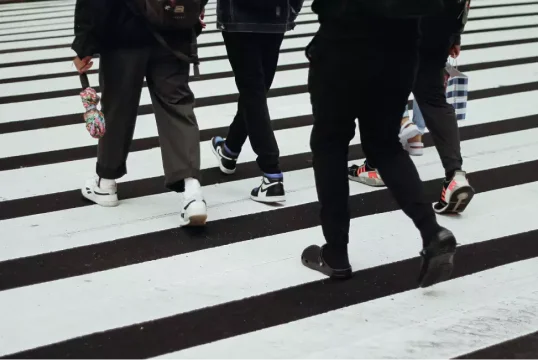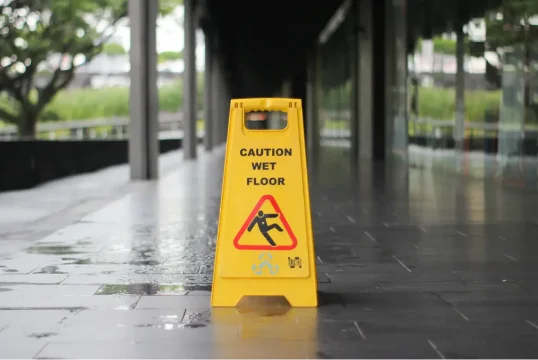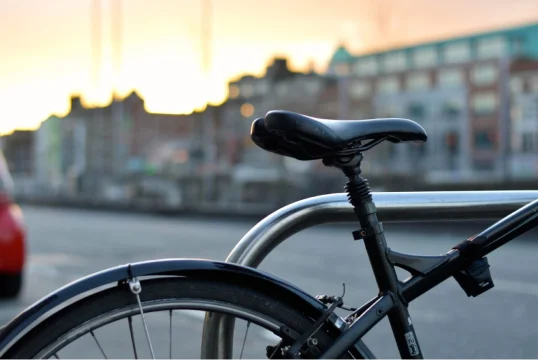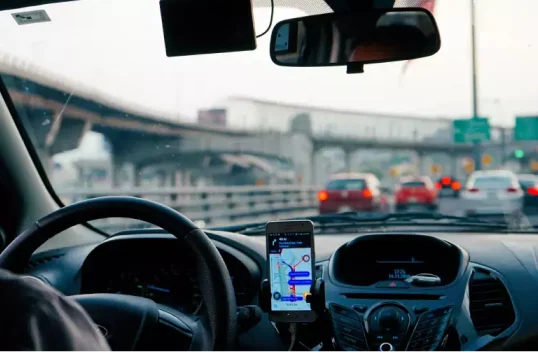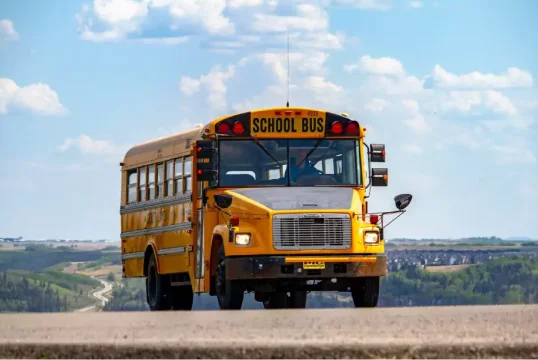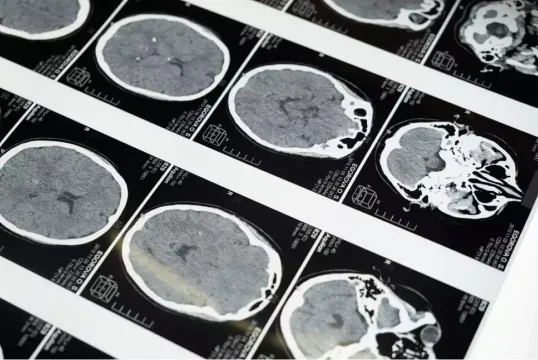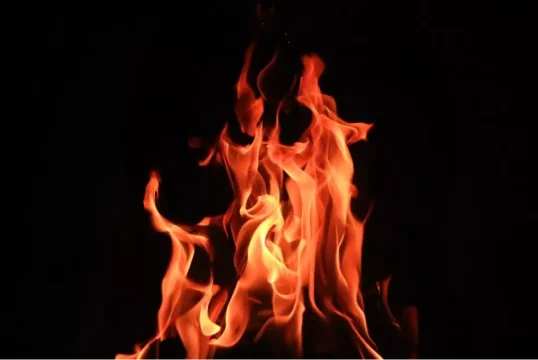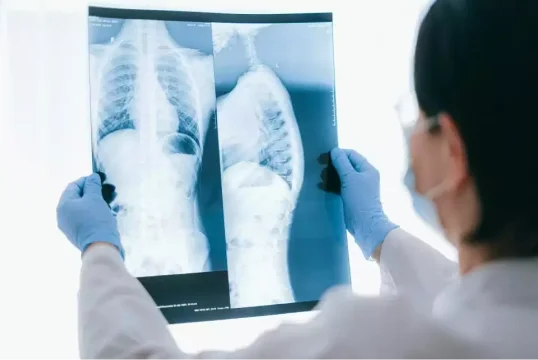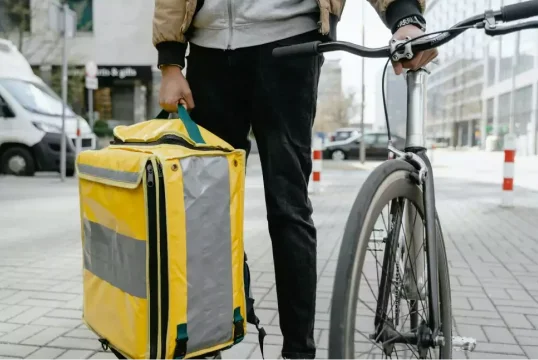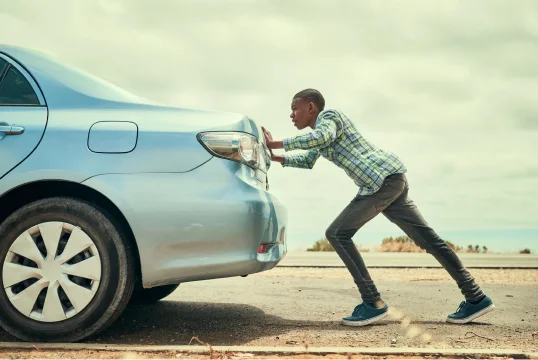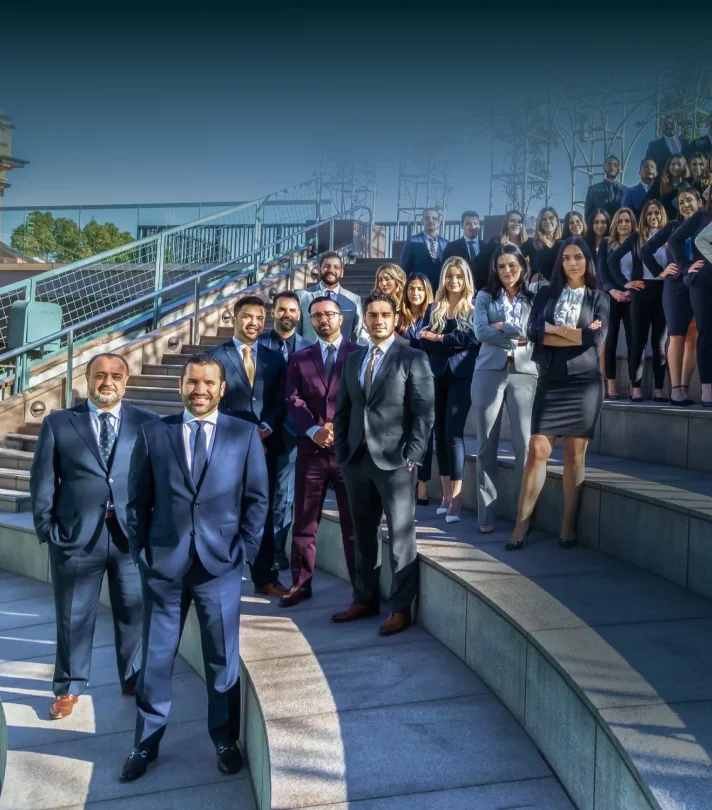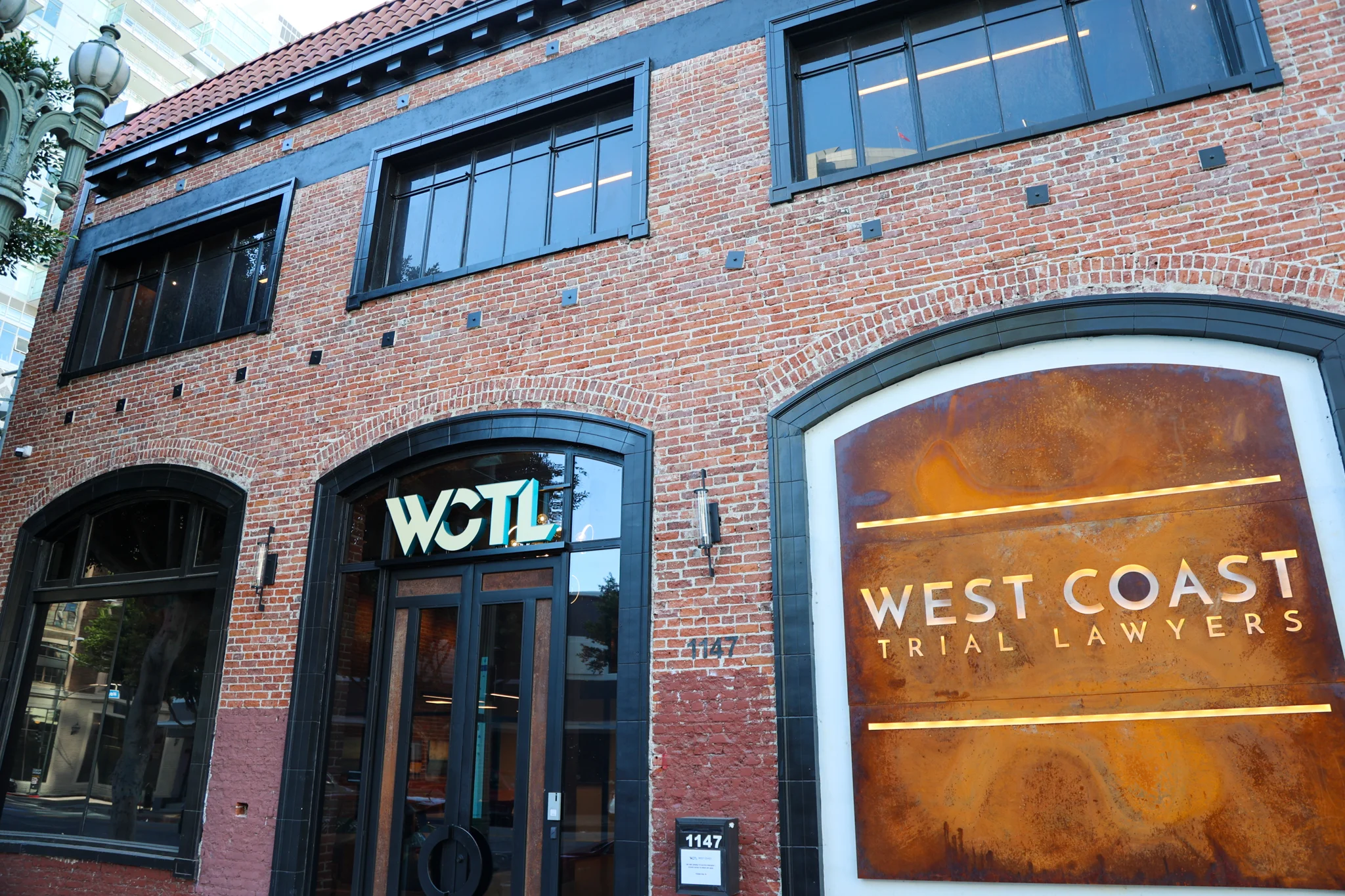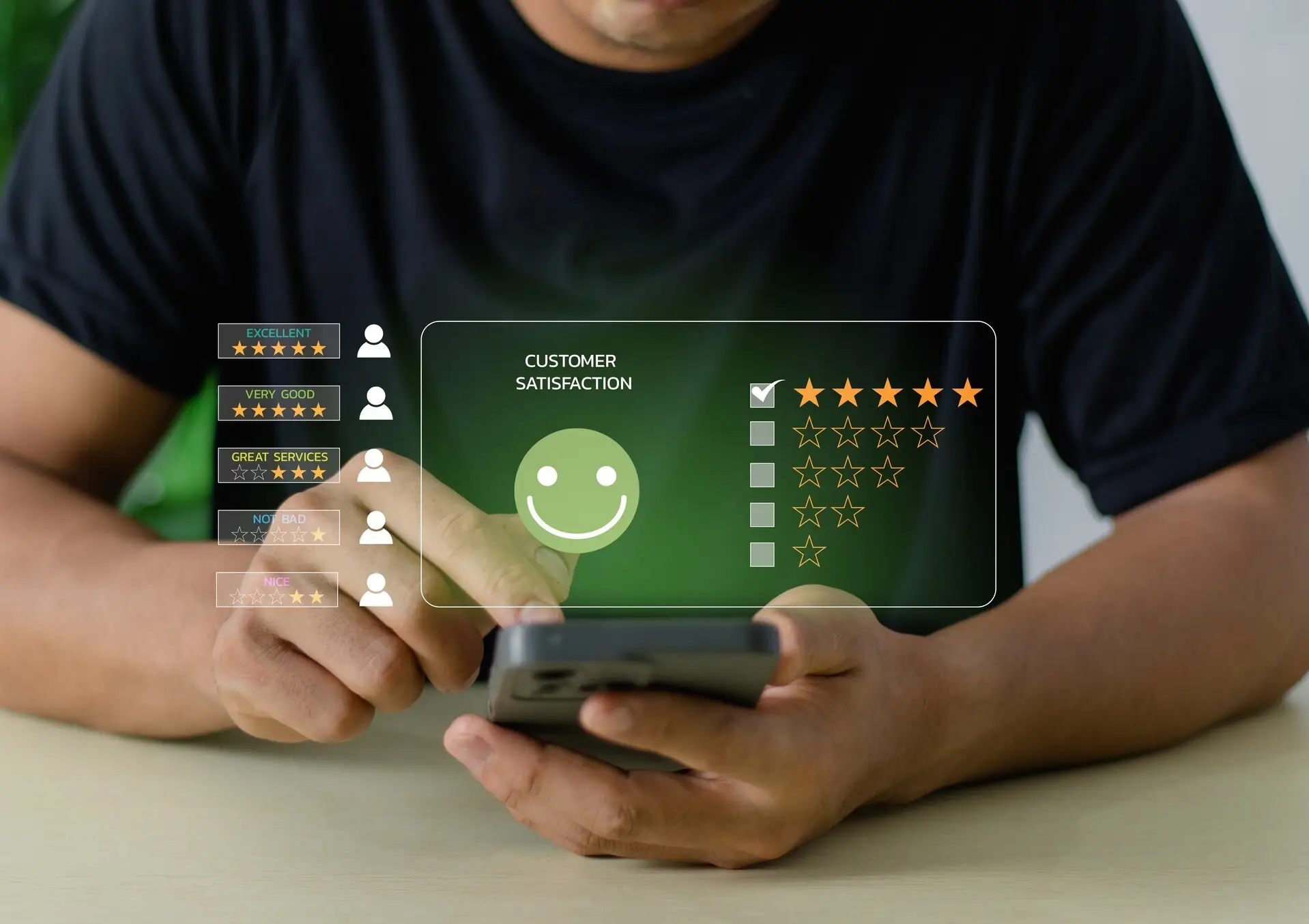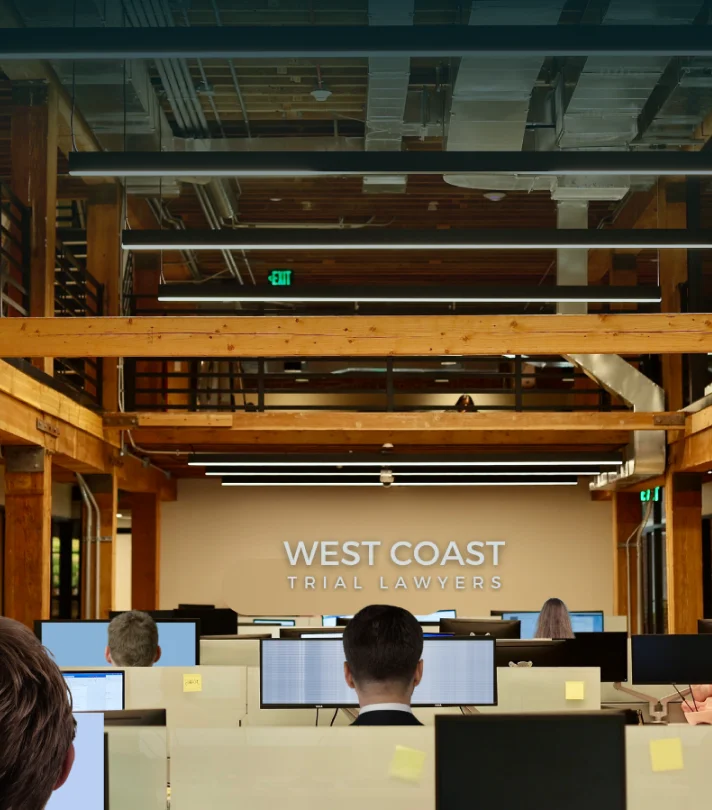It can only take a split second for a casual, routine drive to spiral into chaos. When an accident occurs on busy roads, it is not just one car at risk, but multiple vehicles can quickly become involved in the chain reaction. While some drivers will be caught up in a series of impacts, others will try to swerve to avoid a collision. However, this can be unsuccessful as the risk of crashing into other cars remains high. In the midst of all of this, both drivers and passengers are put in vulnerable positions, with little to no time to react before they are struck.
If you were involved in a multi-car accident and would like to pursue legal action against the party at-fault for damages, our expert car accident lawyers at West Coast Trial Lawyers are readily available to assist. With more than 20 years of experience handling personal injury cases and winning more than $1.7 billion in settlements on behalf of our clients, we are equipped to guide you through the legal process and help you get the compensation you deserve.
To schedule a FREE consultation, please contact our 24/7 legal team by calling (213) 927-3700 or filling out our quick contact form.
What Is It Called When Multiple Cars Crash?

When more than two vehicles are involved in an accident, it is commonly referred to as a multi-car crash or a pile-up. These typically happen on highways or busy roads where vehicles travel close to one another, making it more likely that one crash could trigger a chain reaction.
Let’s dissect the components of a multiple vehicle collision.
There is a first, or primary, impact which occurs when an at-fault driver crashes into one car. Then there is a secondary impact which comes after the initial collision. This chain reaction usually happens when other drivers are desperately trying to avoid hitting one another or other objects.
In many cases, negligence, such as distracted driving, speeding, or sudden braking, can cause several cars to strike one another. Multi-car accidents can be especially dangerous due to the increased risk of sustaining serious injuries and property damage, along with experiencing challenging liability issues.
These collisions tend to be serious for several reasons. Most traffic accidents involving three or more vehicles will include multiple impacts, which only increases the likelihood of several injuries and major damages.
According to the Insurance Institute for Highway Safety (IIHS), cars were noted as having the highest fatality rate, with 43 deaths per million vehicles in multi-vehicle crashes. Frontal impacts were reported as the deadliest in such collisions, accounting for 16 driver fatalities per million registered vehicles, followed by side impacts with 6 per million and rear-end collisions with 2 per million. Although rollover accidents are more common in single-vehicle crashes, it still played a role in 13 percent of multi-vehicle collision deaths in 2023.
What Is the Leading Cause of Multi-Car Accidents?
The leading cause of multi-car accidents is driver inattention. Distracted drivers limit their ability to react promptly to sudden brakes or other road changes. To be more in particular, texting and driving is a notable concern. It has become so pandemic that many now believe that it is comparable to drinking and driving, as both behaviors can severely affect an individual’s ability to focus on the road and drive safely. Just in 2023 alone, 3,275 people were killed in motor vehicle accidents due to distractions.
Below are some other common causes of multi-car collisions:
- Weather Conditions: Poor weather conditions will inevitably impair a driver’s view of the road ahead, reduce their ability to control the vehicle, and diminish reaction times in the event of a sudden multi-car pile-up on the freeway. Thick fog and snow, for obvious reasons, are the two most challenging examples of inclement weather a driver may face.
- Reckless Driving: Instances of aggressive driving are increasingly common. Behaviors such as tailgating, unsafe lane changes, and speeding will only increase the likelihood of a multi-car collision.
- Driving While Drowsy: Driving while drowsy is a serious threat to everyone on the road. All it takes is one driver to doze off, and the potential for a pile-up can become almost inevitable.
Who Is At Fault in a Multi-Car Accident?
The most complex issue in car accident cases involving multiple vehicles is identifying the liable driver. This process tends to involve high dollar amounts, and special investigators may be assigned by the insurance companies to untangle what can become a logistical mess.
The question, therefore, in determining fault, will depend on two legal concepts called duty of care and proximate cause.
- Duty of Care: Everyone has the responsibility to drive safely on the road and behave in a reasonable manner while behind the wheel. If a driver is found to violate this responsibility, they will be found liable for the accident.
- Proximate Cause: Once issues regarding duty of care have been assessed, a clear connection between that breach and the accident in question needs to be established. Simply put: it must be proven that a driver’s behavior was the proximate cause of the accident.
Another important legal consideration in multi-car collisions is the issue of comparative vs. contributory negligence. The state of California abides by the rules of comparative negligence, which means that you can still get compensation against the at-fault driver even if you are partly responsible.
Other Factors to Consider in Multi-Car Accidents
Multi-car accidents often result in multiple claims and, therefore, usually become severely contested, drawn out affairs. For one, there’s no real standardized method for assigning liability in these types of collisions. Sometimes, one driver will be deemed 100 percent responsible for crashing into other vehicles, and other times multiple drivers may share liability.
To make sense of this, let’s consider an example. Imagine that one person causes a rear-end collision. In doing so, they inadvertently push the car they’ve just hit into another one in front of it. In this case, the driver who initiated the initial impact is responsible for the damages to both.
There are instances when more than one driver can be found liable for contributing to an accident. An example would be when one driver is speeding and runs a red light, but then that driver gets hit by yet another driver who also ran a red light. The second driver then hits a third vehicle in the process. In this case, both drivers who ran their respective red lights would share a degree of responsibility.
What to Do in a Multi-Car Accident?
Getting into a multi-car accident can be overwhelming, especially due to the number of vehicles involved. Knowing how to implement the steps sectioned below is important as it can help protect your safety and give you a higher likelihood of developing a strong claim against the opposing side.
Call 911
If you notice any bodily injury or damages, you should contact 911 immediately. Try to find a safe location nearby while waiting for help to arrive, if possible. Once the police are present at the accident scene, they will conduct a written report covering important details pertaining to the event. You can request a copy of it to use in your case. Paramedics may also be available to provide immediate medical care to the injured parties.
Seek Medical Attention
You should get yourself evaluated by a medical professional regardless of how severe your injury may appear. Some forms of bodily harm are not immediately apparent and can surface hours or days later. Prompt action can help you document any crash-related injuries you suffered.
Exchange Information
Try to get the following details from all drivers involved:
- Names
- Phone numbers
- Driver’s license details
- Insurance information
Gather Evidence
Be sure to gather substantial amount of evidence to build a well-constructed claim, including:
- Photos of your injuries, damages, and the accident scene
- CCTV footage
- Witness information
- A copy of the police report and your medical records
Do Not Admit Fault
You should stick to the facts when discussing the multi-vehicle collision with other drivers or officers. Do not admit fault or apologize about the incident. Liability in such accidents can be complicated and should be established through investigation.
Consult with a Car Accident Lawyer
A multi-vehicle accident often involves complicated questions referring to liability and insurance coverage. Consulting with a car accident lawyer will help you understand your legal rights and the options you have available. They will also guide you through the claims process and ensure you receive a fair settlement.
Whose Insurance Pays in a Multi-Car Accident?
Determining whose insurance pays in a multi-car accident can be complex as liability can be shared amongst several drivers. Typically, the at fault driver’s insurance will be held responsible for covering damages they caused. But, in cases where chain reaction crashes occur, more than one driver could be partially at fault, and insurance companies may need to initiate investigations to assign responsibility accordingly.
As previously stated, in California, the pure comparative negligence rule will apply. This means that each party can still recover damages, but compensation may be reduced based on percentage of fault. So, even if you were partially accountable for the incident, you can still acquire money. However, the amount you receive will be adjusted based on your share of responsibility.
If you are found not at fault, the other driver’s liability insurance pays for vehicle repairs, medical bills, and other damages. In some cases, your own insurance company may step in through collision coverage or medical payments while fault is still being determined.
Since these cases typically involve complex circumstances and liability disputes, working with a car accident lawyer can help ensure your interests are safeguarded and you are not unfairly compensated for the losses you incurred.
Do State Laws Affect How Multi-Car Accident Claims Are Handled?
State laws can impact how fault is established and how compensation is distributed after a multi-car accident. Each state has its own unique rules regarding negligence and insurance coverage. Let’s take a closer look at what Arizona, Nevada, and Washington enforce:
- Arizona and Washington both comply with the pure comparative fault system. This allows injured parties to acquire compensation even if they are mostly at fault, as much as 99 percent. However, compensation will be reduced based on your level of negligence. This regulation makes it possible for several drivers to share responsibility in complex multi-car pile-up crashes.
- Nevada follows a modified comparative negligence law. This means that you can recover damages just as long as you are less than 51 percent at fault for the multiple vehicle collision.
Involved in a Multi-Car Accident? West Coast Trial Lawyers Is Here to Help
If you have sustained injuries as a result of a multi-car collision, our qualified car accident attorneys at West Coast Trial Lawyers are readily available to assist you with your case. Our team will review your case, establish fault, collect evidence, negotiate with insurance companies, and represent you in court (if needed). Our top priority is to ensure we protect your rights and secure the best possible outcome on your behalf.
Contact us today by calling (213) 927-3700 or filling out our convenient online contact form to schedule a FREE consultation with our experienced and compassionate legal team.
Frequently Asked Questions About Multi-Car Accidents
